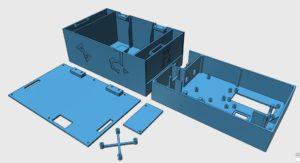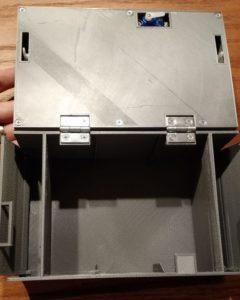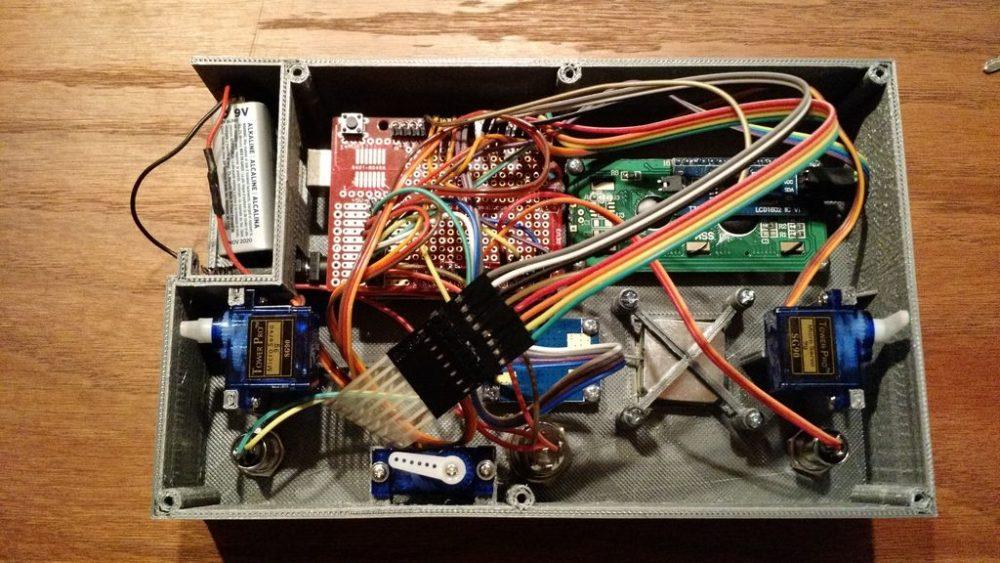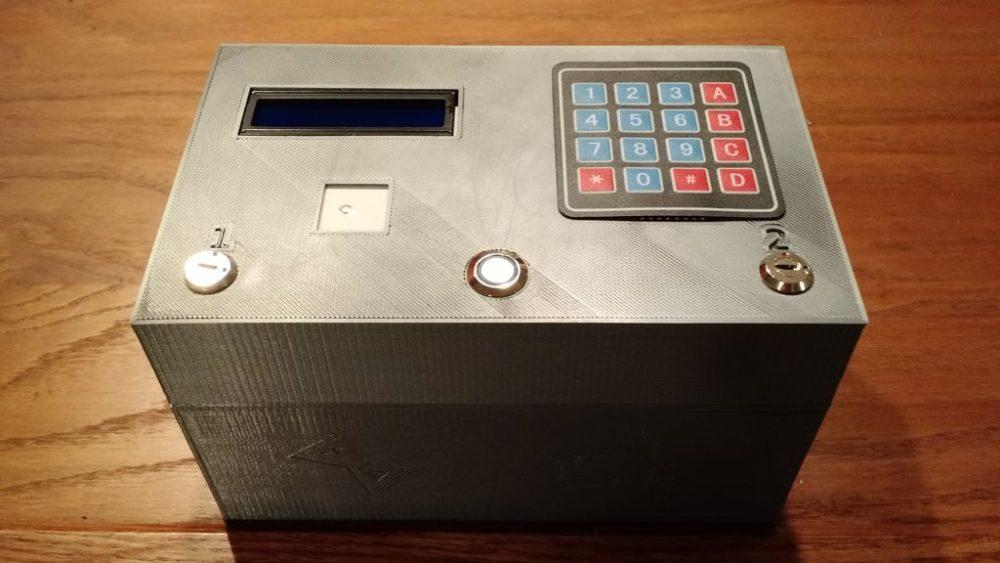 Believe it or not, but as an adult I actually enjoy shopping for Christmas presents far more than I enjoy receiving them. Not that I don’t enjoy getting presents; I will happily provide you with an address to send me free things, but in my family we always put a lot more focus on finding the right gift for the people in our lives. Of course my family also places a lot of focus on humor and sarcasm, and when you mix both of those traits with gift giving, creatively wrapping presents becomes a competitive event. Whether it is trolling each other by using excess tape or ribbon, putting small objects in large boxes or adding “filler” to the box to disguise what it is, it isn’t a gift-giving holiday in my family if it’s easy to guess what you’re receiving.
Believe it or not, but as an adult I actually enjoy shopping for Christmas presents far more than I enjoy receiving them. Not that I don’t enjoy getting presents; I will happily provide you with an address to send me free things, but in my family we always put a lot more focus on finding the right gift for the people in our lives. Of course my family also places a lot of focus on humor and sarcasm, and when you mix both of those traits with gift giving, creatively wrapping presents becomes a competitive event. Whether it is trolling each other by using excess tape or ribbon, putting small objects in large boxes or adding “filler” to the box to disguise what it is, it isn’t a gift-giving holiday in my family if it’s easy to guess what you’re receiving.
But as much fun as my family has wrapping our Christmas presents, Instructables user Scott Fisher, who goes by esseff3d, is in a class all his own. It seems he has found himself in an unofficial contest with his family to wrap presents in more and more elaborate and difficult to open ways, and that is a dangerous thing in the hands of someone with a 3D printer and some electronics skills. Last year he 3D printed a clear PLA box around a gift card, which is pretty amazing and totally something that I’m going to do this year. In order to top that though he decided to go all out and create the world’s most complicated puzzle box, and he happily shared it on Instructables. It took all his skill as a maker, including designing the box with CAD software, 3D printing it and wiring up and coding all the electronics himself. And he clearly has impressive experience, having caught our eye previously with a detailed, light-up 3D print of Zelda’s bow.
The puzzle box has a total of three individual compartments, each with its own complicated way of being opened. There are two small compartments that are sized perfectly for cash, gift cards or very small gifts, while the center compartment is slightly bigger and can hold marginally larger objects. In order for each compartment to be opened it must be in a specific latitude and longitude that is programmed in using Arduino. Additionally, each compartment needs a unique six-digit code in order to open, so the recipient not only needs to figure out where to open the compartments, but they have to decipher the codes to open them when they get there. To make things even more complicated, the main compartment won’t open unless two switches attached to keys have been turned. That is incredibly inventive, and probably a little evil.
The 3D printed portions of the box were designed to hold all of the electronics and keep them hidden from the gift compartments. The box was designed using Autodesk 123D Design and the STL files are included on the Instructable. There is also a complete list of all of the parts and components that esseff3d used to construct the box, and the Arduino code that he used as well. This is not an easy project, but the instructions are very clear and easy to follow, so anyone with some basic knowledge of electronics, the ability to solder and a 3D printer large enough to print the box should be able to manage. Just make sure that you think of something fun to do with all of the locks.
“For my family, I simply hid the codes in a 6×6 grid of numbers and let them brute force finding it by going through each code one by one. A lot of you are more clever than I am and will think of better ways to hide the codes. Let me know how you do it!” esseff3d said on his Instructable.
I think the best part of this project is the many ways that you can use the various locking features to turn opening the gift into quite the adventure. You could lock both of the keys in the smaller compartments and then provide instructions on how to find the location at which each of them can be opened. You could either set the GPS to various places inside of your house, or be really mean and make them go across town to find the right spot. But if you make one of these, then whatever you do make sure that what you have hidden inside of the compartments is something a little nicer than a $20 gift card to Bed Bath & Beyond. Is something like this on your project list? Let’s discuss further in the Electronic 3D Printed Puzzle Box forum over at 3DPB.com.
Subscribe to Our Email Newsletter
Stay up-to-date on all the latest news from the 3D printing industry and receive information and offers from third party vendors.
You May Also Like
Further Understanding of 3D Printing Design at ADDITIV Design World
ADDITIV is back once again! This time, the virtual platform for additive manufacturing will be holding the first-ever edition of ADDITIV Design World on May 23rd from 9:00 AM –...
3D Printer Maker EVO-tech Reborn as NEVO3D — Once More With Feeling
EVO-tech was a 3D printing service and original equipment manufacturer established in 2013 and based in Schörfling am Attersee, Austria. The company produced high-quality material extrusion systems featuring linear bearings,...
3D Systems Brings 3D Printed PEEK Cranial Implant to the U.S. with FDA Clearance
For more than 10 years, 3D Systems (NYSE:DDD) has worked hand-in-hand with surgeons to plan over 150,000 patient-specific cases, and develop more than two million instruments and implants from its...
CDFAM Returns to Berlin for Second Annual Symposium
The second CDFAM Computational Design Symposium is scheduled for May 7-8, 2024, in Berlin, and will convene leading experts in computational design across all scales. Building upon the first event...



































